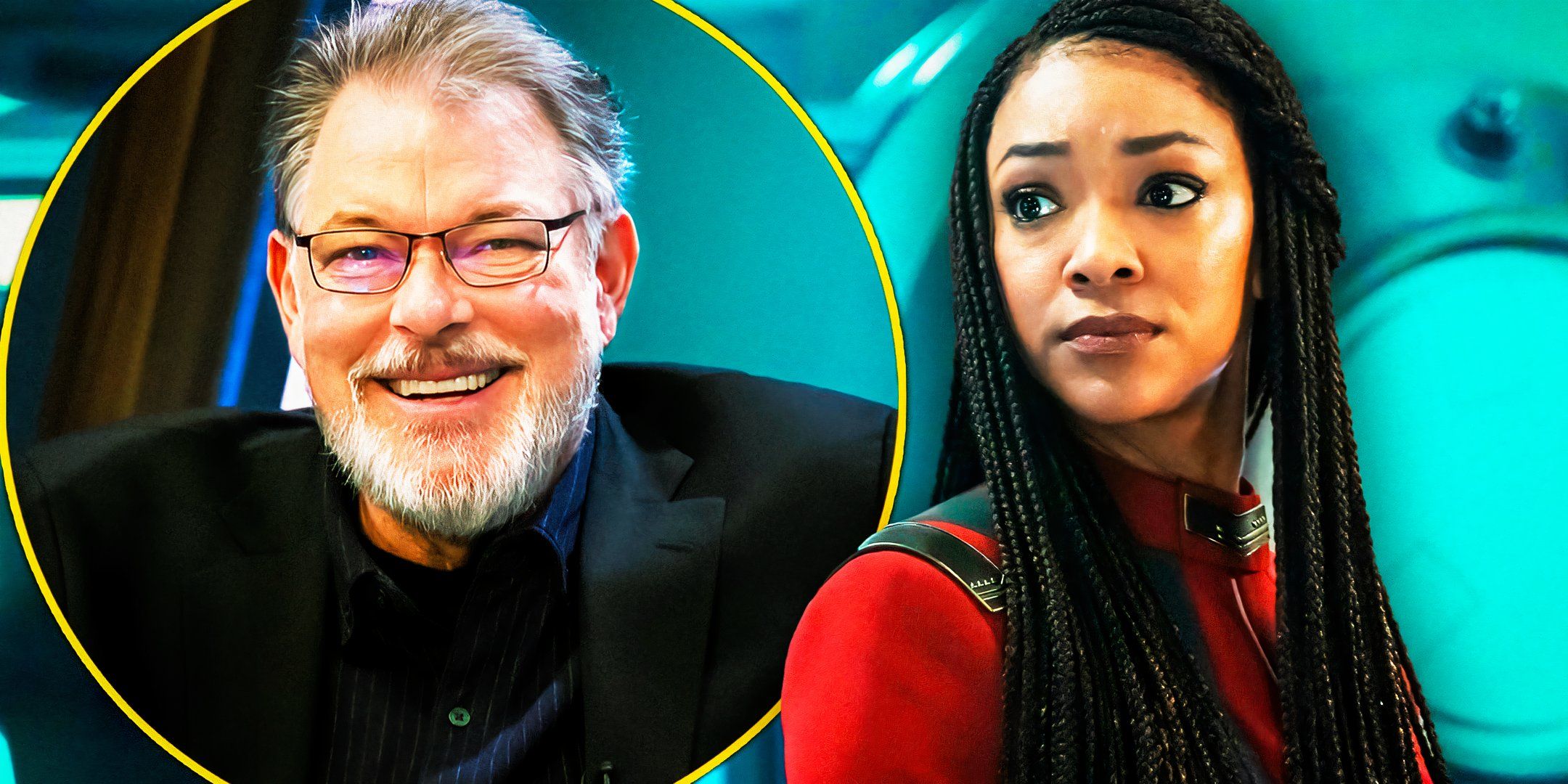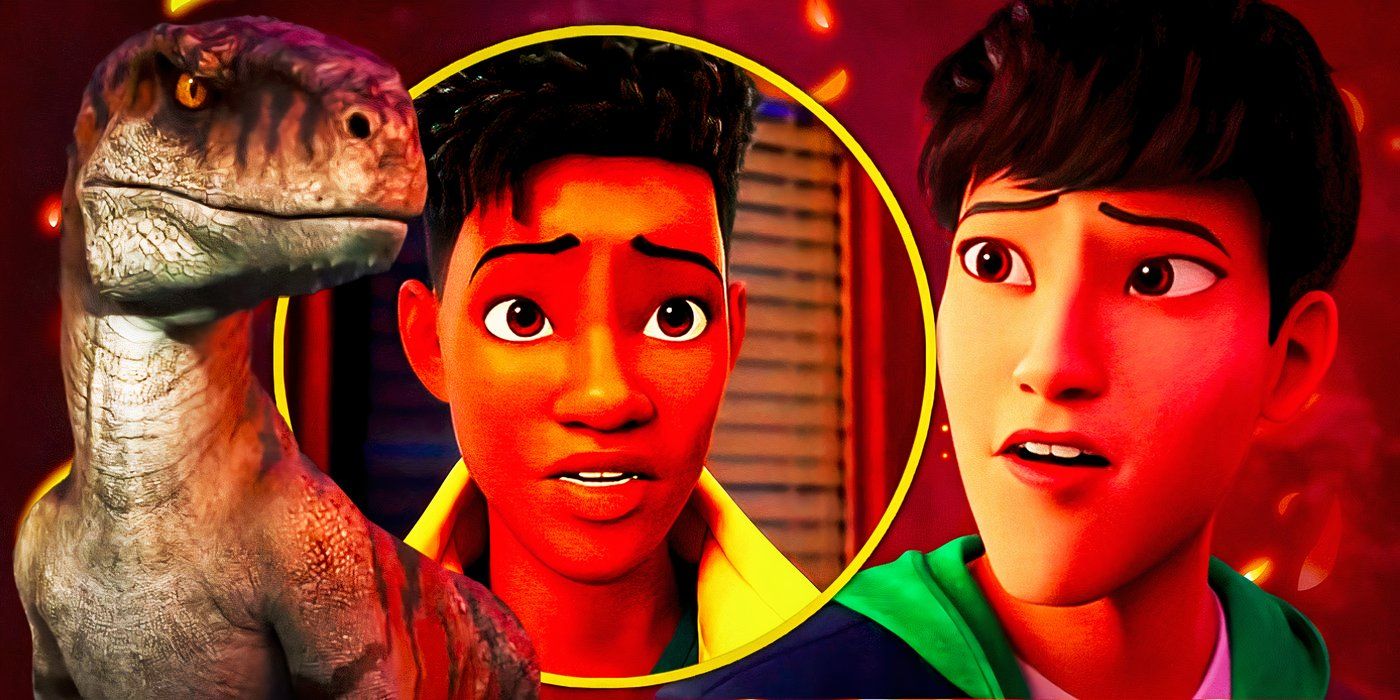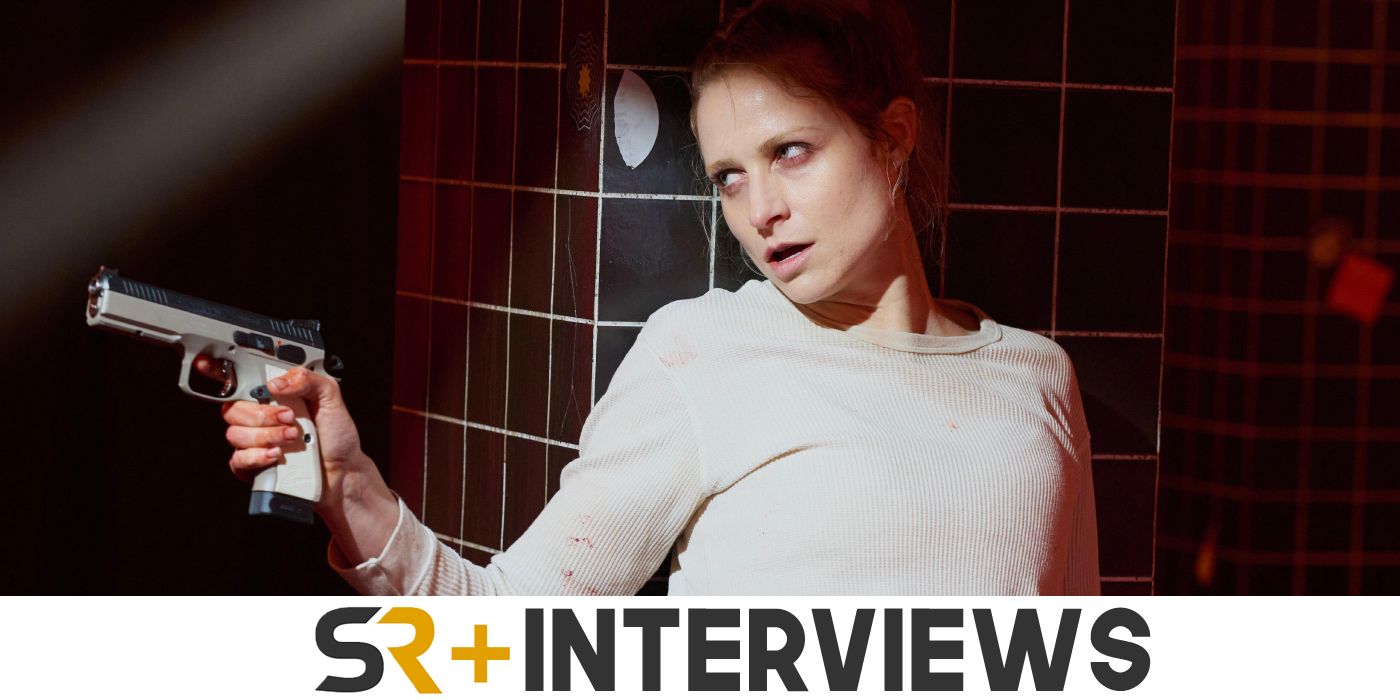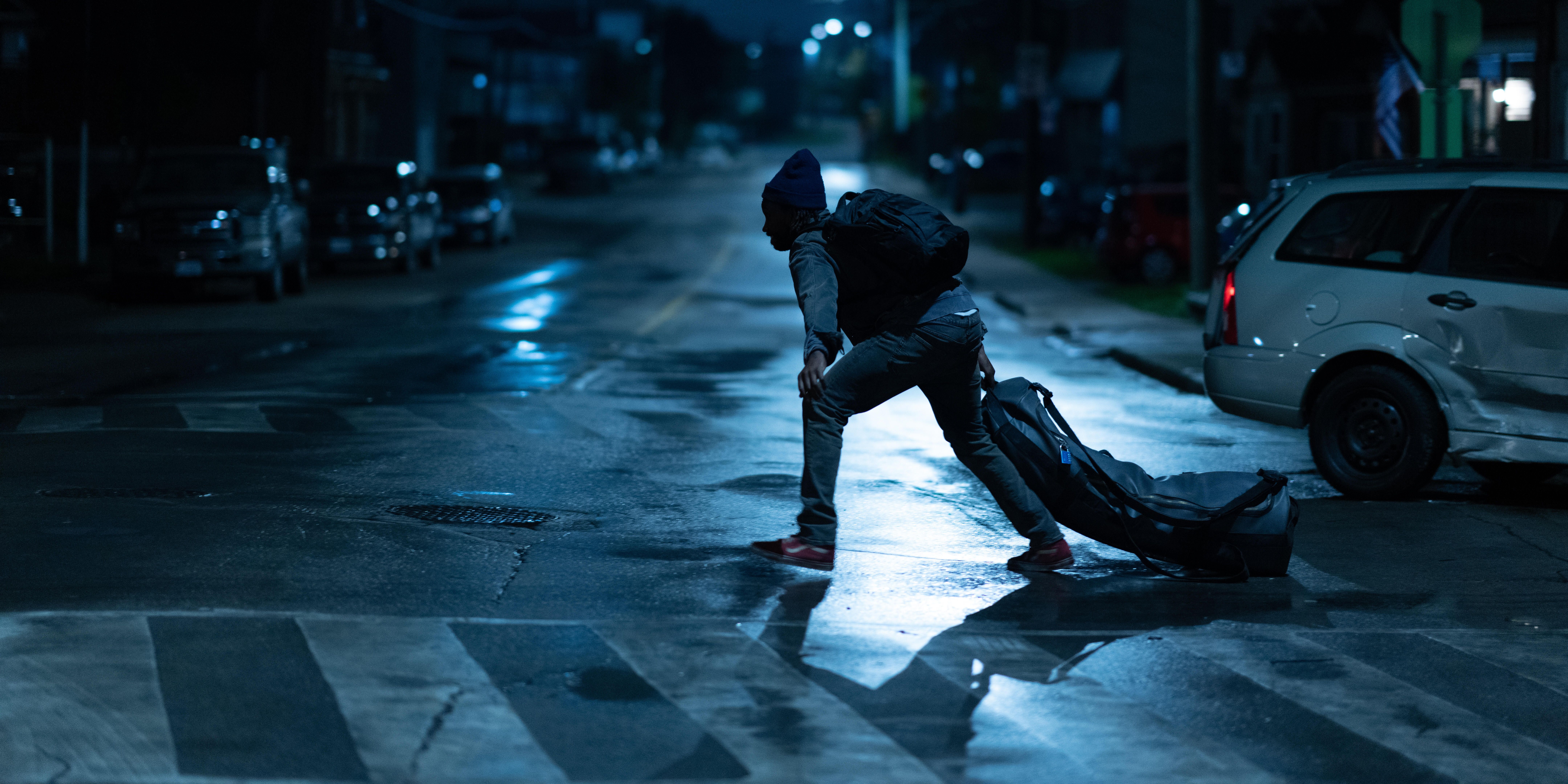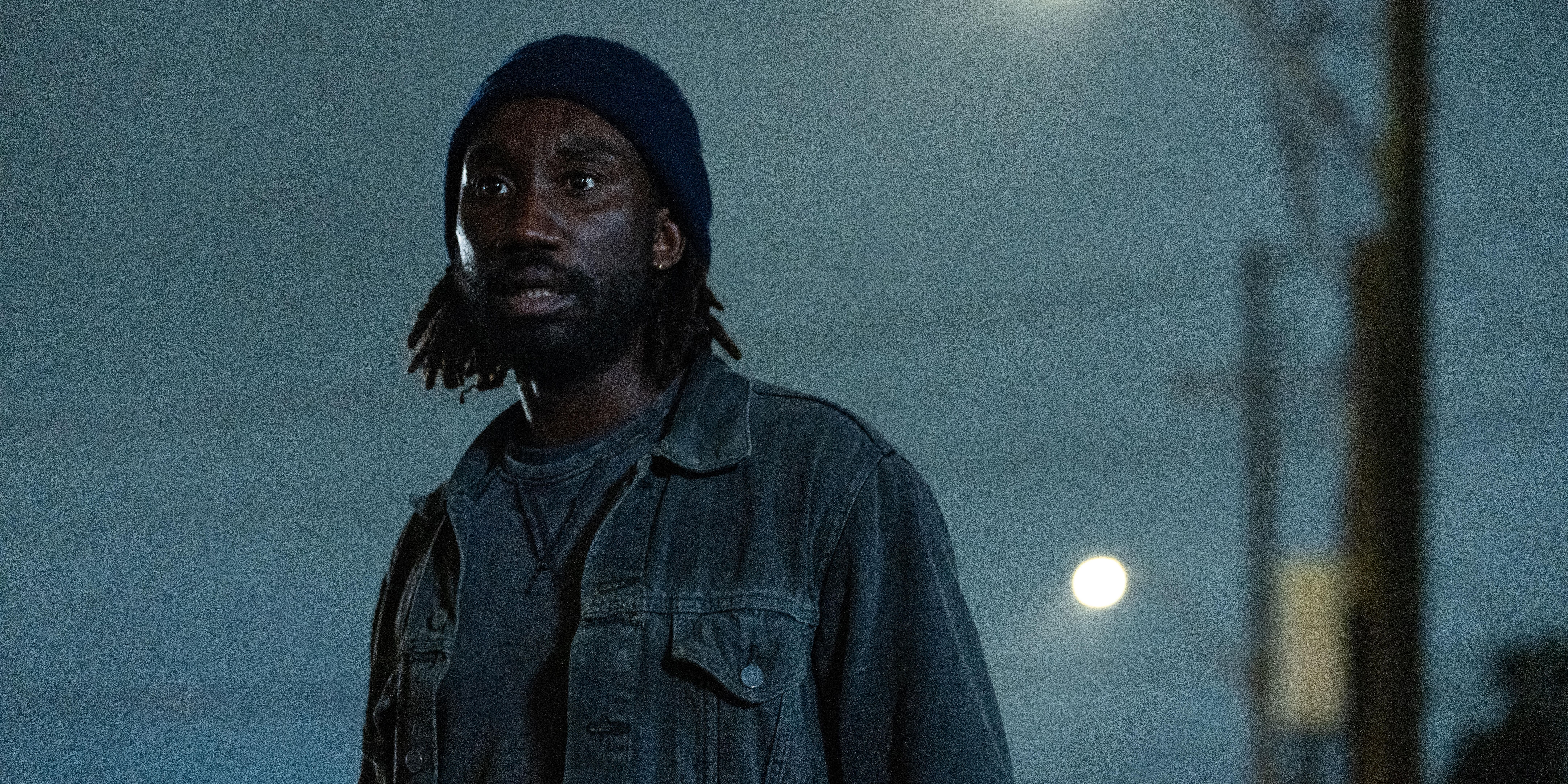Summary
- Culprits is a TV series adaptation of the anthology novel, focusing on a family man named Joe who tries to protect his new life from being destroyed by his criminal past.
- The show is created and helmed by J Blakeson, known for his work on films like I Care A Lot and The Disappearance of Alice Creed.
- Culprits follows a non-linear narrative structure, with time jumps between "before" and "after" the heist, adding mystery and tension to the storytelling.
Inspired by the anthology novel, Culprits will be available to stream on Hulu beginning December 8. The story takes place after the events of a high-stakes heist and follows family man Joe Petrus as he attempts to nurture his relationship with his fiancé and provide a loving environment for their two children. However, Joe's dark secrets are at risk of being exposed and his criminal activity threatens to destroy the new life that he built for himself.
In addition to creating the television adaptation, J Blakeson also serves as the writer, director, and showrunner of the series. Blakeson is known for his work on films such as I Care A Lot, The Disappearance of Alice Creed, and The 5th Wave. The main cast of Culprits includes Nathan Stewart-Jarrett, Gemma Arterton, Kirby, Niamh Algar, Kamel El Basha, Tara Abboud, Kevin Vidal, Ned Dennehy, and Eddie Izzard.
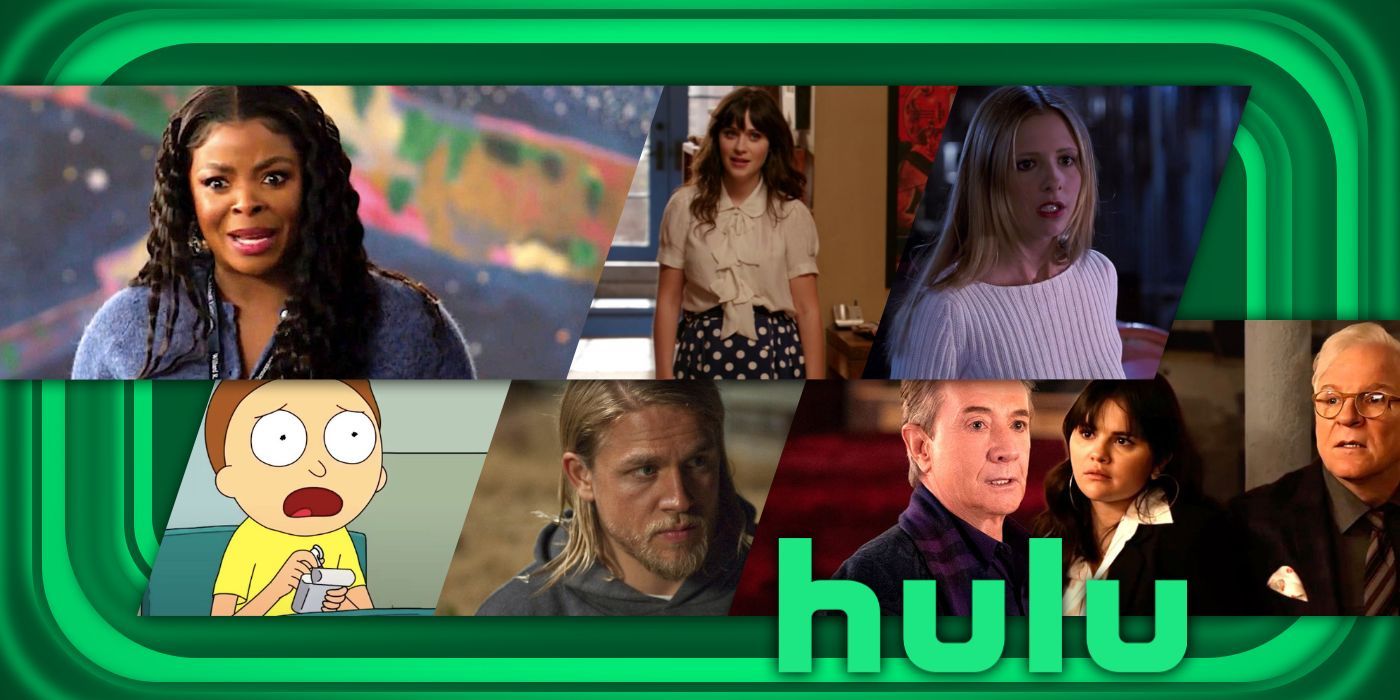
The 30 Best TV Shows On Hulu (May 2024)
Hulu has a wealth of television shows and the top 30 series users should check out can be found here.
Screen Rant interviewed J Blakeson about jumping back and forth in time to increase the tension and the decision to write a complete story over eight episodes.
J Blakeson Talks Culprits
Screen Rant: How did you end up getting involved in Culprits? Did someone bring this to you or was this an idea that you already had in mind?
J Blakeson: This all came together because Stephen Garrett, the executive producer of the show, bought the rights to a book called Culprits. He sent me that book about six years ago to read. That book is an anthology of short stories. He sent me an overview, and just from that two-pager, there was something about it I found really interesting. I started spinning ideas very quickly off this central notion of, "What if a group of people had done a bad thing a couple of years ago? And now they find themselves with a big bag of money, and they can go anywhere in the world and be whoever they want? What would they choose?"
I started thinking about what I would choose and started asking people what they would choose. So I started spinning ideas very quickly, and I started talking to Stephen about those ideas which were very different from the book. It's only really the main concept of the book that we were using, and Stephen loved it. I wrote a pilot, and then we took it around, and Disney picked it up, and then we started to do the rest, and we're off to the races.
Do the show and the book share any characters or stories or are they mostly separate from one another?
J Blakeson: It's pretty separate. We've taken that central question. You do meet them all in their new lives, and they are all are connected by this robbery that they did. The basic skeleton is the same, it's just that I took it in a very different way. I made up the version I was most interested in doing and followed the questions and moral questions that I was interested in doing. Obviously, those moral questions are sometimes similar. People are paranoid and worried about the past catching up with them, which is one of the things I was really interested in. But it's a very, very free adaptation of the source material.
In the show, you go back and forth between “before” and “after.” Are the time jumps also unique to the series?
J Blakeson: The book is short stories written by different writers, so each one of them is very different. They all take a character and talk about that character individually, and they don't really intersect at all. They just talk about what they're doing now. They do sort of reference the things that they've done but the jumping around and the story of them being killed and all coming back together, that's something that we invented for the show.
Why did you feel it was the right creative decision to go that route?
J Blakeson: That's just the way I imagined it, I guess. When I first started imagining the pilot, it was the idea of having as many mysteries as possible for the viewer. You introduce this guy, and you like him. He's a nice guy, he's got a nice thing going on with his fiancé, he's very caring towards his kids, he's very empathetic, and he's got hopes and dreams that you can really identify with. So then when you show him before, and you see the person he used to be where he's quite violent, and he's breaking the law, I think you kind of feel, "Oh, but I liked him." Hopefully, you ask a lot of questions of, like, "How did he get there? What was he doing?" So you start filling in the blanks in your own head as a viewer.
For a creator, that's really powerful, because I can steer you the wrong way, or I can tease you, or sometimes I can make you guess right, and that feels nice, or guess wrong, and that feels clever, so it gives a lot of ammunition to amp up the mystery. It's quite nice to take a story to a certain point, and then leave it on a bit of a cliffhanger. You can jump to the past, and you can either embellish the present, or you can continue the story of the backstory, and then leave that in a cliffhanger or a jump. So you have all these little moments to increase tension throughout the whole show, which if we just told it in a linear way, it would just be a jump cut to the next bit, rather than having this, "Tell me what's going to happen next!" when we jump back in time or jump forward in time.
Shows are rarely filmed in chronological order anyway, but how did Nathan, in particular, handle jumping back and forth in time? He’s playing a character with different intentions at these different points.
J Blakeson: We shot all of the America stuff first. He shot all of the stuff with the family upfront, so he always knew who that version of himself was. He had that memory of doing those scenes with the kids and with Kevin, who plays Jules. He could always understand what he's aiming for when he's doing the past, and what he's trying to protect when he's doing the future. He's got that memory of this happy ending that he's trying to protect. For the rest of it, it's just having to remind him, and having the conversation at the beginning of the day of, "Where are we now? This is where we are in the plot." Half of my job as a director is that anyway. We say, "This is what's just happened, this is what's going to happen after, this is where your head is at," and then we just sort of get into the moment.
I think it helps that he looks very different. He's got different hair and a very different dress sense in the past, so that once he's in those clothes, he can sort of feel very much like he's in that character, which is a slightly different character from Joe, the present version of himself, who has a very different wardrobe. All those things of helping him on a physical level, and then me helping him get into the moment. Maybe it took him a couple of takes, because it takes everybody a couple of takes to remember where we are. We were moving so fast. But he did an amazingly good job of keeping a real compass through the maze. He was really trying to find this character and know this character, and guide the viewer through his story.
You touched on this before, but I was very impressed by Nathan’s duality. He plays a convincing family man who brings his kids to school every day, but on the other hand, he’s this violent criminal that you never see coming. What was the process of finding the right actor to play both of these parts convincingly?
J Blakeson: You go out and you look. [Laughs] You make lists of people who you've been impressed with before, and Nathan was on those lists, and then you go and see who's available. You start talking to people, and you give them scenes, and they audition, but you then sort of work with them a little bit. From the first moment that Nathan came in and auditioned, I knew that there was something quite special there because he's quite empathetic and very likable immediately.
But then there was something in his eyes that could sort of switch and become quite dangerous. He still had this sort of ambiguity and unknowability about him that is really interesting, but also uncomfortable. I'd known Nathan from other TV shows he'd done, but he'd never done a role quite like this and something this big. For me, it was really exciting to take somebody who normally turns up and steals a few scenes in a show and is really, really memorable and put him in the center of a story and let him spread his wings a bit in the role.
The series starts with a cold open that throws viewers right into the action. Did you always know that this was the scene you wanted to use to introduce the series?
J Blakeson: No. The original script started in a totally different way. As with everything, you find a lot of it in the edit, and things that really work on the page, sometimes don't work when you get it up on the screen. The scene that was originally meant to start Episode 1 is now in Episode 2, but we just needed to get into the story as fast as we could. The basic story is, "These guys have done something, and now somebody's coming to try and kill them." That cold open really gives you that very starkly of, "Here's somebody's running away, they've obviously got a lot of money." The guy chasing him is saying, "Where's Diane?" and the guy on the ground is saying, "I don't know, and I spent all the money," and then something bad happens to him.
That sort of felt like it really got you into the action and asked a lot of questions up front so the viewer is like, "Oh, I know what kind of show I'm in. I'm in a show where there is danger and there is something coming." We put that next to the scene where we first see Joe, and he's at some traffic lights, and the kids say, "Nothing's coming. Nothing's ever coming," and he says, "Best be careful." We know something's coming, because we've seen the thing that's coming for him already. Putting it there seemed perfect. We moved that scene around a lot, but then when we put it at the beginning, it certainly felt like, "Oh, this is what we need to do."
But that's the thing about making anything. You go in with a plan and then it takes on a life of its own, and then when you start working with a great editor like John Dwelly, who did that episode, you play around with things and you find it. You're constantly in conversation with the material until it tells you what it wants to be. As soon as we put it at the beginning, suddenly the thing was 25% better and started working a lot better. That wasn't the plan, but that was definitely the right solution.
Joe isn't treated well by law enforcement, and these are people who have no idea about his past. What did you want to communicate through his interactions with police officers?
J Blakeson: For Joe, I think that's probably just a reality of his everyday life. There are two things. When you watch it a second time, you realize he's kind of nervous because he is hiding away, and he's lying. That's not his real name, so he's got this extra level of it. But if you even take that off the table, just the texture of his every day would be having to interact with law enforcement in a way that there's this sort of subtly unpleasant experience and that would just add to the grind of being alive.
Even when he's hiding away, and he's tried to go to the safest place imaginable, it was small-town America to open a restaurant—he just wants to be left alone. Even then he doesn't feel like he's safe because there's no real safe place for him. I think there's a way of reflecting life without really drilling down into those issues, because that is, unfortunately, just the texture of what his every day life would be like to be living in a very white town, and feeling very conspicuous as a black man.
There is a scene in the pilot where Joe ends up in a garbage truck that's moving. There are so many question I had about how that was filmed, so can you give any behind-the-scenes insight there?
J Blakeson: It's very complicated. [Laughs] Especially on a TV schedule. Even on a movie schedule, that's kind of complicated, but we had less time. We started shooting that at the very beginning in Canada and the outside of the truck is all in Canada, but then we were constantly picking up bits of that sequence throughout the whole of the shoot. We shot some of that in the UK, in studio, and we shot some of it second-unit with the stunt double. It's like a jigsaw. We had a storyboard of it, and we were just picking up the storyboards as he went across the whole shoot. By the time Nathan was finished, he'd been in and out of that costume 100 times.
He started in, I think, November, and then he finished shooting it in March. He was very happy to not have noodles in his hair anymore and that he could move on from that sequence. That's a testament to the crew that we managed to get it and make it all so good. There were multiple units, different countries, and all sorts of stuff having to go into that. You're always having to put your mind back into, "What do we need? How does this fit together?" And as you're shooting it, you have the editor cutting it together as you're shooting.
You might think, "Oh, we need a close-up of a hand. We need to go get a close-up of his hand grabbing the bag or squidging across some dirt and the truck." Once you cut it all together, and it works, it's not a real truck. It's a set. There's no noise apart from the crew. So then you need the sound guys to make it really feel and sound and almost smell like a truck with squelching noises and grinds of metal across metal and then the echo of his breath in there. They did an amazing job making it all feel like it was really real.
You've mentioned in the past that you wrote these eight episodes to have a complete ending. Do you have any ideas for a second season, or do you want to close it off?
J Blakeson: I have not planned a season 2. When Disney said they wanted it, they said they wanted it to be a closed-off story, so that's what we planned, and that's what we gave them. Obviously, the whole world doesn't explode at the end of season 1, so there is a possibility to do something in season 2, but that's not the current plan. Obviously, your mind goes to characters and what they could possibly do, but I have not planned anything in any sort of formal way. As far as I'm concerned, that's the end of the story.
About Culprits
“Culprits” kicks off where most crime stories end: after a high-stakes heist, when the crew of elite criminals have gone their separate ways and have tried to leave their old lives behind. Past and present collide when a ruthless assassin starts targeting them one by one. Why are they being stalked, who is behind the mayhem, and will they be able to find one another in time to protect themselves and the people they love?
Culprits will be available to stream exclusively on Hulu on December 8.
Source: Screen Rant Plus


